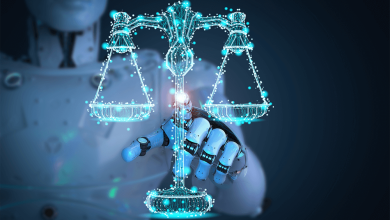How to Protect Your Personal Data from Legal Loopholes

In 2025, protecting personal data is more critical than ever. With new laws like Nigeria’s Data Protection Act (NDPA) and the General Application and Implementation Directive (GAID) coming into effect, alongside multiple US state privacy laws, individuals face both new protections and new challenges. However, legal loopholes still exist that can expose your data to misuse. This guide provides powerful insights on how to protect personal data from such loopholes, helping you stay safe in an increasingly digital world.
Understanding Legal Loopholes in Data Protection
What Are Legal Loopholes?
Legal loopholes are gaps or ambiguities in laws that can be exploited to bypass the intended protections. In data privacy, these loopholes may allow companies or governments to collect, use, or share your personal information without your full consent or knowledge.
Common Loopholes Affecting Personal Data Protection
- Vague consent requirements: Some laws allow broad or implied consent, enabling excessive data collection.
- Exemptions for certain entities: Nonprofits or small businesses may be exempt from some regulations.
- Cross-border data transfers: Data shared with countries with weaker protections can be vulnerable.
- Lack of enforcement: Limited regulatory resources can mean violations go unpunished.
- Data retention ambiguities: Laws may not clearly limit how long data can be kept.
Case Study: Exploiting Loopholes in Cross-Border Data Transfers
A multinational company transferred user data from Nigeria to a country with lax privacy laws, exploiting unclear cross-border transfer rules before the GAID 2025 tightened regulations.
Key Legal Frameworks to Know in 2025
Nigeria Data Protection Act (NDPA) and GAID 2025
- The NDPA and GAID regulate data privacy in Nigeria starting September 19, 2025.
- They require mandatory Data Privacy Impact Assessments (DPIAs) for high-risk processing.
- They emphasize privacy by design and default, transparency, and accountability.
- Failure to comply can lead to platform restrictions and penalties.
US State Privacy Laws Coming in 2025
- Eight new state laws, including Delaware’s DPDPA and Minnesota’s MCDPA, introduce consumer rights like data access, deletion, and opt-out of profiling.
- These laws have unique features such as data inventory requirements and rights to contest automated decisions.
- Businesses must comply with overlapping but distinct regulations.
Global Trends
- The EU’s GDPR continues to influence global standards.
- Emerging technologies like AI and IoT require special attention under new laws.
How to Protect Personal Data from Legal Loopholes: Practical Steps
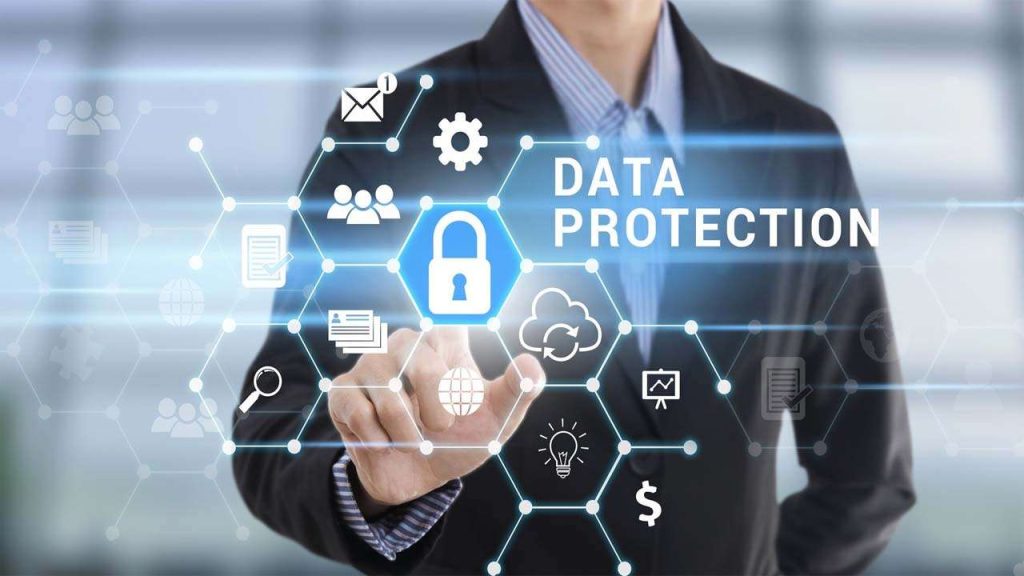
1. Understand Your Rights Under New Laws
- Know your rights to access, correct, delete, and restrict processing of your data.
- Exercise rights to opt out of profiling or sale of sensitive data.
- Use complaint mechanisms provided by data protection authorities.
2. Use Privacy-Enhancing Technologies
- Employ VPNs, encrypted messaging apps, and secure browsers to limit data exposure.
- Use strong, unique passwords and two-factor authentication.
- Regularly update software to patch vulnerabilities.
3. Be Cautious with Consent
- Read privacy policies carefully before consenting.
- Avoid giving blanket consent; prefer granular options.
- Withdraw consent when possible.
4. Limit Data Sharing and Oversharing
- Share only necessary personal information online.
- Adjust social media privacy settings.
- Avoid using public Wi-Fi for sensitive transactions.
5. Monitor Your Digital Footprint
- Regularly review what personal data is publicly available.
- Use data broker opt-out tools to remove your information.
- Set alerts for data breaches involving your information.
6. Demand Transparency and Accountability
- Support companies with clear privacy policies and data ethics.
- Advocate for stronger enforcement of data protection laws.
- Participate in public consultations on privacy regulations.
Case Study: How a Nigerian Startup Complied with NDPA and GAID to Protect Users
A fintech startup in Lagos conducted a thorough DPIA before launching its app, ensuring privacy by design. They appointed an accredited Data Protection Officer, implemented encryption, and trained staff on data ethics. This proactive approach built user trust and avoided regulatory penalties when NDPA and GAID came into force.
The Role of Data Privacy Impact Assessments (DPIA)
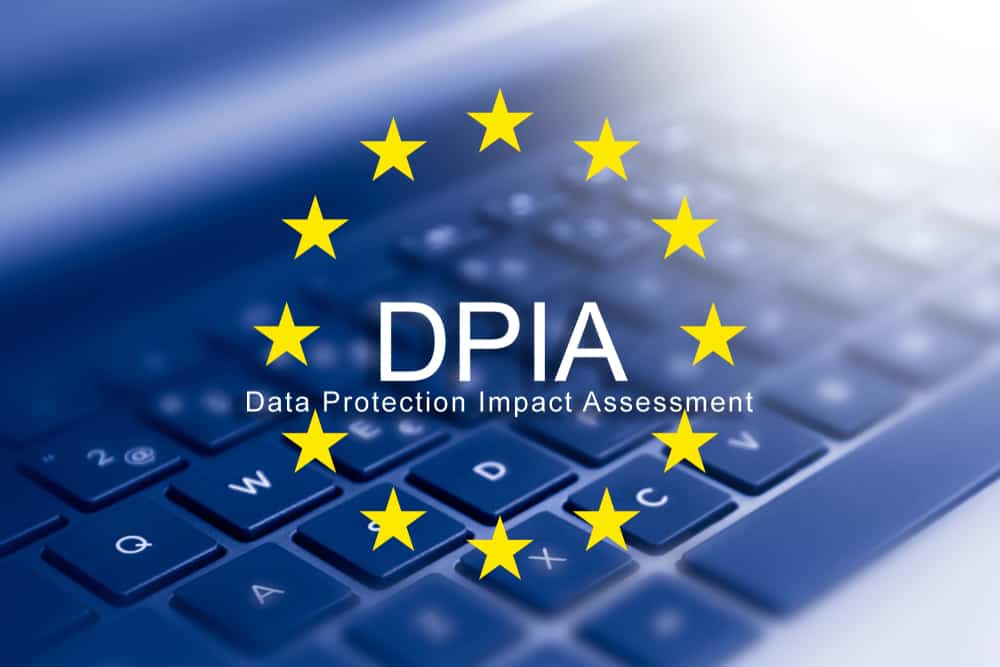
What Is a DPIA?
A DPIA is a process to identify and minimize privacy risks in data processing activities, especially when using emerging technologies like AI, blockchain, or IoT.
Why DPIAs Are Critical to Protect Personal Data
- They ensure privacy is built into systems from the start.
- They identify risks like unauthorized profiling or data breaches.
- They help comply with legal obligations and avoid fines.
How to Conduct a DPIA
- Map data flows and processing activities.
- Assess risks to individuals’ rights and freedoms.
- Implement mitigating controls such as encryption or access restrictions.
- Document findings and submit reports to data protection authorities when required.
Comparing Key Features of Major 2025 Data Privacy Laws
| Feature | Nigeria NDPA & GAID | Delaware DPDPA | Minnesota MCDPA |
|---|---|---|---|
| Effective Date | Sept 19, 2025 | Jan 1, 2025 | July 31, 2025 |
| Mandatory DPIA | Yes, for high-risk processing | Not explicitly required | Required for profiling |
| Consumer Rights | Access, deletion, complaint | Access, deletion, opt-out | Access, deletion, contest profiling |
| Data Inventory Requirement | Yes | No | Yes |
| Enforcement Penalties | Platform restrictions, fines | Up to $10,000 per violation | Up to $7,500 per violation |
| Exemptions | Limited | Nonprofits partially exempt | Small businesses exempt |
Emerging Threats and How to Stay Ahead
Artificial Intelligence and Automated Decision-Making
AI systems often process large amounts of personal data, raising risks of bias, profiling, and lack of transparency. Protecting personal data means demanding explanations and contesting unfair decisions.
Internet of Things (IoT)
Connected devices collect continuous data streams. Secure your IoT devices by changing default passwords, updating firmware, and limiting data sharing.
Blockchain and Decentralized Systems
While blockchain offers transparency, it also poses challenges for data deletion and privacy rights. Understand how your data is stored and shared on such platforms.
The Importance of Data Minimization in Protecting Personal Data
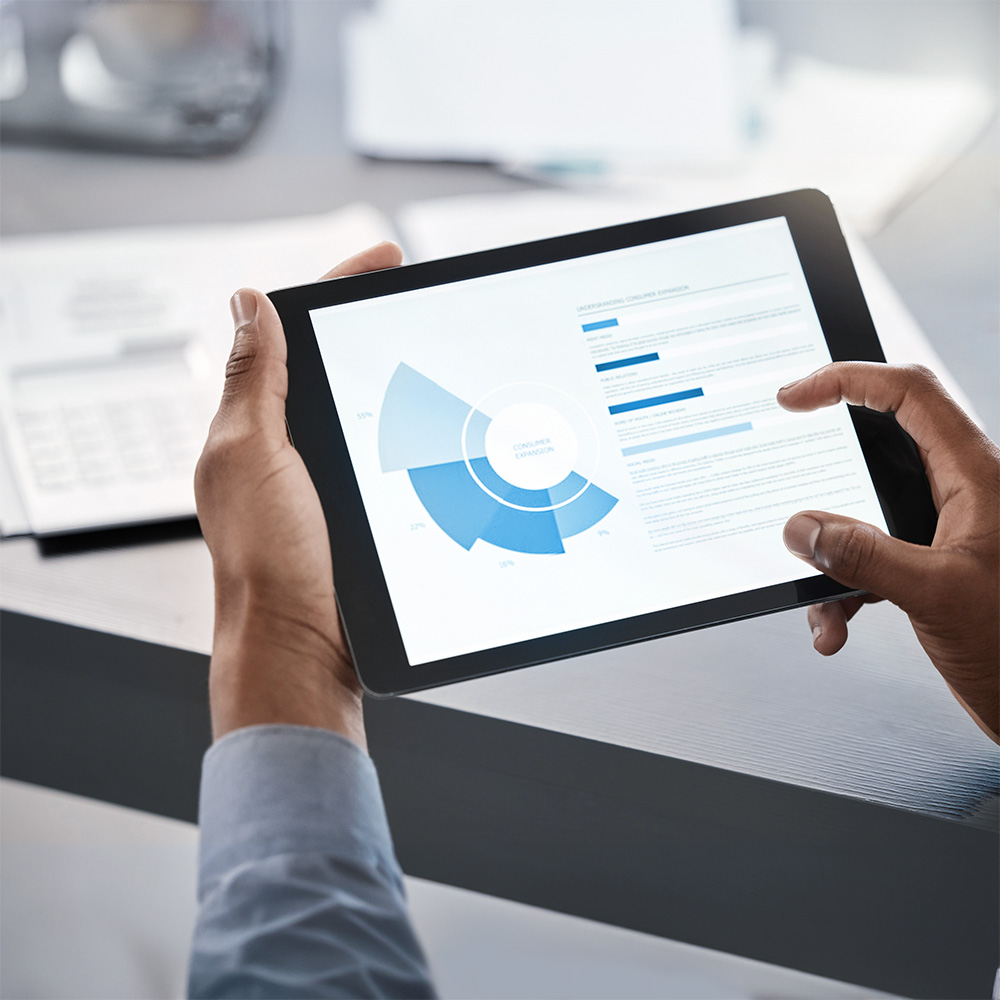
What Is Data Minimization?
Data minimization is a core principle of modern data protection laws that requires organizations to collect only the personal data necessary for a specific purpose. By limiting data collection, you reduce the risk of exposure through legal loopholes or breaches.
How Data Minimization Protects Your Personal Data
- Reduces attack surface: Less data collected means less data that can be leaked or misused.
- Limits unauthorized use: Organizations can’t exploit data they don’t have.
- Simplifies compliance: Easier for companies to manage and secure smaller datasets.
How to Practice Data Minimization as a User
- Provide only required information when signing up for services.
- Avoid oversharing on social media or online forms.
- Regularly review and delete unnecessary accounts or data stored online.
Case Study: Data Minimization in Action
A healthcare app redesigned its user registration to collect only essential health information, reducing risks associated with sensitive data leaks and complying with Nigeria’s NDPA data minimization requirements.
How to Identify and Avoid Common Privacy Policy Loopholes
Why Privacy Policies Matter
Privacy policies outline how companies collect, use, and share your personal data. However, vague or overly broad policies can hide legal loopholes that undermine your privacy.
Common Loopholes in Privacy Policies
- Broad consent clauses: Allowing unlimited data use beyond the stated purpose.
- Third-party sharing: Permitting data sharing with unspecified partners.
- Data retention vagueness: No clear limits on how long data is kept.
- Opt-out difficulties: Making it hard to withdraw consent or opt out of data collection.
How to Spot and Avoid These Loopholes
- Look for clear, specific language about data use.
- Check if third parties are named or described.
- Ensure the policy states data retention periods.
- Confirm easy-to-use opt-out or data deletion options.
Tools to Help Analyze Privacy Policies
- Use browser extensions like “Terms of Service; Didn’t Read” (ToS;DR).
- Visit websites like PrivacyPolicies.com for summaries.
- Consult consumer rights organizations for guidance.
The Role of Encryption in Safeguarding Personal Data
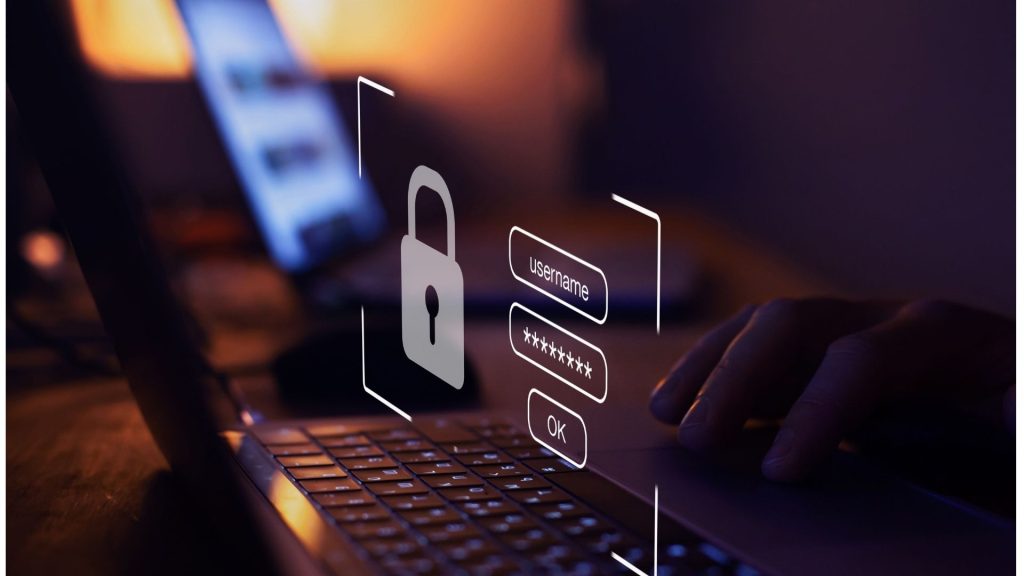
What Is Encryption?
Encryption transforms your personal data into unreadable code that only authorized parties can decode with a key. It’s a vital tool for protecting data both in transit and at rest.
Why Encryption Matters to Protect Personal Data
- Protects sensitive information from hackers and unauthorized access.
- Helps comply with legal requirements for data security.
- Builds trust with users by safeguarding their privacy.
How to Use Encryption to Protect Your Data
- Use encrypted messaging apps like Signal or WhatsApp for private communication.
- Enable full-disk encryption on your devices.
- Use HTTPS websites for secure browsing.
- Encrypt sensitive files before uploading or sharing.
Case Study: Encryption Prevents Data Breach Fallout
A financial services firm encrypted all client data, which limited the impact of a cyberattack in 2025, preventing exposure of personal financial information despite the breach.
The Impact of Artificial Intelligence on Personal Data Protection
AI’s Growing Role in Data Processing
Artificial intelligence systems analyze vast amounts of personal data for decision-making, personalization, and automation. However, AI can exploit legal loopholes due to opaque algorithms and lack of transparency.
Risks AI Poses to Personal Data
- Unintended profiling or discrimination.
- Automated decisions without human oversight.
- Difficulty in exercising data rights like correction or deletion.
How to Protect Your Personal Data from AI Loopholes
- Demand transparency about AI data use and decision criteria.
- Exercise rights to contest automated decisions under laws like GDPR and NDPA.
- Support regulations requiring explainability and fairness in AI.
Case Study: Contesting an Automated Loan Denial
A Nigerian consumer successfully challenged a loan denial made by an AI system by requesting a human review and explanation under NDPA’s rights provisions.
How Businesses Can Strengthen Data Protection to Close Legal Loopholes
Best Practices for Organizations
- Implement privacy by design: Embed data protection into products and services from the start.
- Conduct regular Data Privacy Impact Assessments (DPIAs) to identify risks.
- Train employees on data ethics and legal compliance.
- Maintain clear, transparent privacy policies.
- Use strong encryption and access controls.
Benefits of Closing Legal Loopholes for Businesses
- Avoid costly fines and legal actions.
- Build customer trust and loyalty.
- Gain competitive advantage through strong privacy practices.
Case Study: Startup’s Journey to Compliance
A Lagos-based tech startup revamped its data handling policies and systems ahead of NDPA enforcement, closing loopholes and gaining investor confidence.
Summary of Key Strategies to Protect Personal Data from Legal Loopholes
| Strategy | Description | Benefits |
|---|---|---|
| Data Minimization | Collect only necessary data | Reduces risk and simplifies compliance |
| Privacy Policy Transparency | Clear, specific policies | Informs users and limits loopholes |
| Encryption | Encoding data to prevent unauthorized access | Protects data integrity and confidentiality |
| AI Transparency and Control | Explainable AI and contest rights | Prevents unfair automated decisions |
| Regular DPIAs | Assessing privacy risks regularly | Identifies and mitigates vulnerabilities |
| Employee Training | Educating staff on data protection laws and ethics | Reduces human error and legal exposure |
Why It’s Crucial to Protect Personal Data in 2025
In 2025, the digital world is more interconnected than ever, making it essential to protect personal data from legal loopholes that can be exploited by companies or malicious actors. Failing to protect personal data can lead to identity theft, financial loss, and privacy violations.
How to Protect Personal Data When Using Online Services
When you use online services, always check how they collect and use your information. To protect personal data, avoid sharing unnecessary details, read privacy policies carefully, and adjust your privacy settings to limit data exposure.
Protect Personal Data by Being Careful with Permissions
Apps and websites often request permissions to access your contacts, location, or camera. To protect personal data, only grant permissions essential for the service and revoke permissions you no longer need.
Protect Personal Data Through Regular Audits
Regularly auditing your online accounts and devices helps you identify where your personal data is stored and how it is used. This proactive approach to protect personal data helps you close potential loopholes before they can be exploited.
Conclusion
As data protection laws evolve in 2025, protecting personal data requires vigilance, knowledge, and proactive measures. By understanding legal loopholes and using practical strategies, you can safeguard your privacy and hold organizations accountable.



